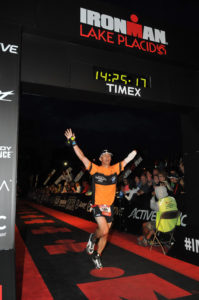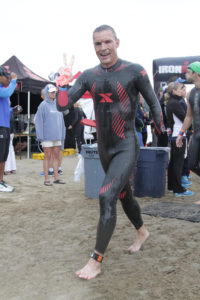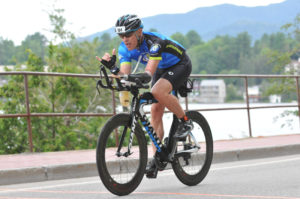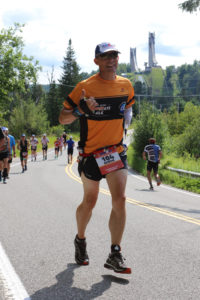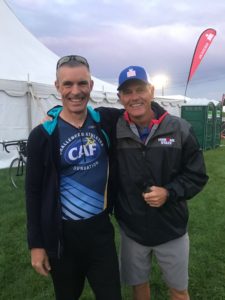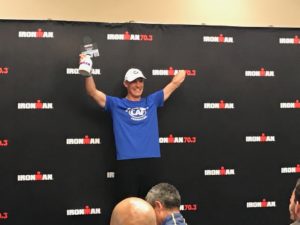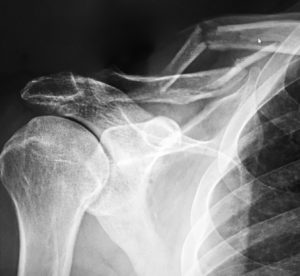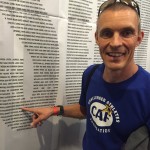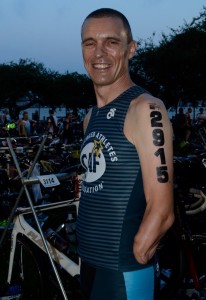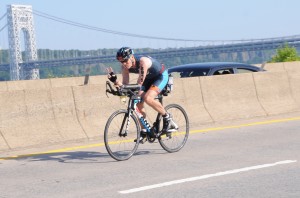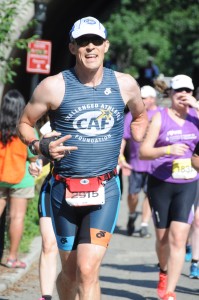
It has been a while since I last wrote. Maybe it’s age, but it’s astounding how easily a year or two can slip by, and believe me it’s been a busy couple of years.
When last I wrote it was June 2017 and I had completed my third Ironman at Lake Placid, putting in a personal best at age 46.
Fast forward a year to August 11th, 2018 and Kerry and I were renewing our vows, celebrating 18 years of marriage with friends & family in Kerry’s hometown in England. Her Dad finally getting to walk his only child down the aisle.
Then, come August 2019, we were both racing at Ironman 70.3 Boulder before heading off on a month-long Safari in Africa, traveling through Namibia and Botswana.
Now, it’s 2020 and the beginning of a new decade, and it has been a decade since I completed my first Ironman and set out to be a shining example of the power of the human mind, body, and spirit, inspiring others to overcome that which stops them from reaching their highest potential.
This year, thanks to my wonderful wife, I get to compete at the Ironman World Championship in Kona, Hawaii – the birthplace of Ironman triathlon – fulfill a dream I’ve had since completing my first 140.6 mile Ironman in Cozumel.
To commemorate this grand challenge, and to give me the encouragement not to quit, I’d love to raise $50,000 for the Challenged Athletes Foundation (CAF) by my 50th birthday a year from today.
Can you help me? To donate online, click here.
Kerry and I will match you dollar for dollar.
And should your company have a donation matching program, then we’ll also match their match…so every dollar you donate could equate to four times that going to CAF.
Why do I support CAF (aside from my personal connection as an upper limb amputee)?
- 21 million people live with a physical disability in the USA
- 50% of adults with a disability get no aerobic exercise
- Children with disabilities have a 38% higher obesity rate
Most insurance companies do not cover adaptive sports equipment, which many individuals with physical challenges simply cannot afford alone.
This is where CAF steps in and offers support through grants, camps & clinics, and mentorship to individuals with physical challenges who want to get involved in sports and be active.
Since CAF was founded in 1994, it has:
- Raised over $112,000,000
- Provided 26,000+ grants
- For 103 different sports
- In all 50 states across the US
- And in 70 countries worldwide
- Reaching an estimated 20,000,000 people with their message of hope and inspiration
On April 19th I’ll be competing at my first race of the season, Ironman 70.3 Florida and will be sure to post a race update!
